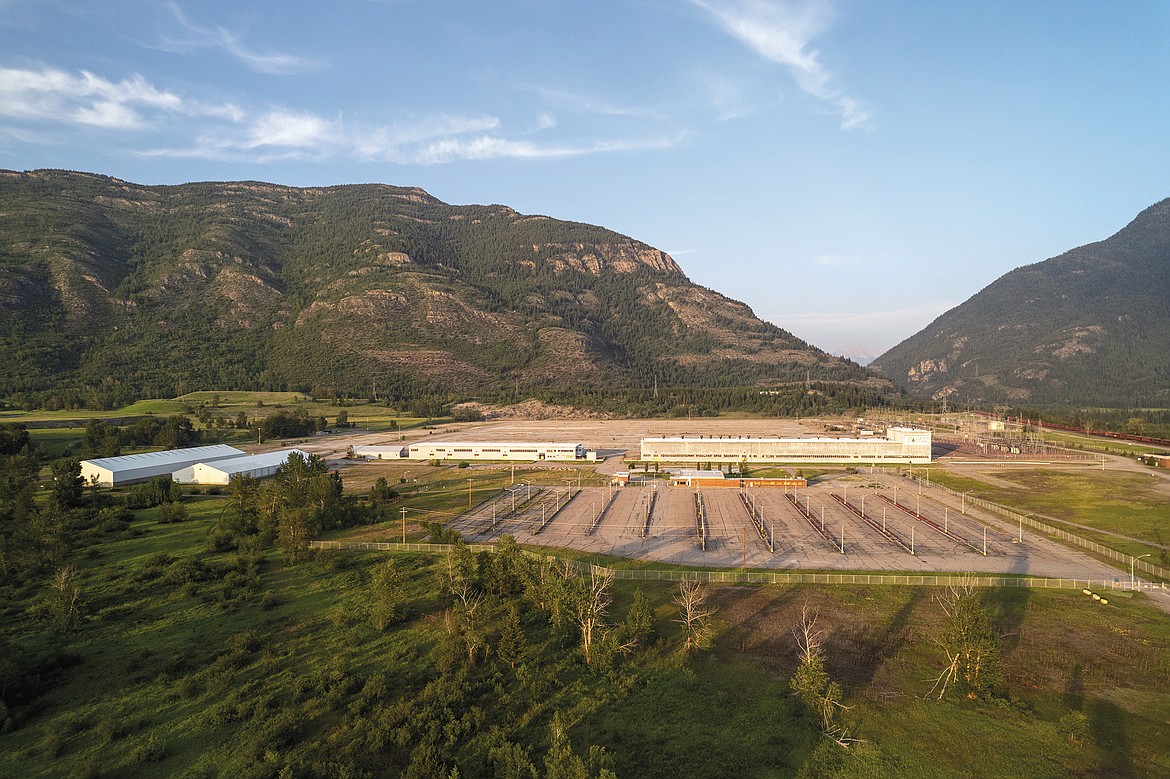Cost to remove CFAC waste could be more than $1 billion, EPA estimates
Responding to calls to remove toxic waste from the former Columbia Falls Aluminum Co. plant, the Environmental Protection Agency said it estimates it would cost anywhere from $624 million to $1.4 billion to haul the waste away from the Superfund site.
The cost estimates are based on trucking the estimated 1.2 million cubic yards of waste from the site to an approved landfill in Arlington, Oregon.
The EPA outlined the costs and other concerns in a March 7 letter to the Coalition for a Clean CFAC, a local group advocating for removal of waste from the site.
The letter is also part of the Columbia Falls City Council’s March 18th agenda packet.
The Proposed Action for cleanup of the site calls for containing the waste at the most offending landfills and dumps, the wet scrubber pond and the West Landfill by a slurry wall.
In addition, a water treatment plant may also be constructed to treat contaminated groundwater if need be.
But critics have their doubts about that roughly $57 million plan, claiming the wall could leak in the future and it still maintains the site as a waste dump ad infinitum.
For years spent potliner and other waste was dumped at West Landfill and water from the plant pumped in the pond. As such, the groundwater beneath is contaminated with cyanide and fluoride, two byproducts of the aluminum production process.
The EPA also brought up other concerns about digging up the waste and hauling it away. For one, it has concerns about cyanide gas being released, which is deadly and could potentially harm workers. It has brought up the concern about cyanide gas previously.
Also, there is the sheer volume of waste that would have to be removed. The Agency estimates it would take 70 trucks or trainloads of waste per day for four to five years, potentially exposing numerous communities to it as it’s hauled to Oregon.
The EPA claims the slurry wall option, along with consolidation of other waste at the sprawling 960-acre site, is the best and safest option for the community, as it has lower levels of “risk, disruption and cost than other alternatives…” the agency noted in its letter.
The site has been contaminated for decades. The first warning about cyanide came in the early 1990s, when the plant was still operating and the poison was found in the groundwater. It persists today — wells that are close to the West Landfill and Wet Scrubber Sludge Pond test for cyanide and fluoride levels well above safe water drinking standards.
However, by the time groundwater reaches the Flathead River, cyanide levels are quite low, test wells have found and in some cases, non-detect.
All told, CFAC owns more than 3,000 acres in the area, which includes the formal 960 acres that make up the Superfund site.
Developers have shown interest in the acreage, as it’s rather idyllic outside the footprint of the old plant, which has primarily been demolished and hauled away for scrap years ago.
All that’s left are a few warehouses.
The plant was once the largest building in Montana and a driving force in the local economy, employing more than 1,000 workers.
CFAC’s parent company, Glencore, would be responsible for a large portion of the cleanup costs, while former owner Atlantic Richfield, would have about a 35% stake. ARCO is now owned by energy giant British Petroleum.
The EPA was expected to release a draft Record of Decision this month, but Coalition for a Clean CFAC recently had a meeting with the EPA in Helena where they hope the agency will agree to a pause.
The Coalition is working toward obtaining a technical advisory grant through the Superfund process, which would afford the group an independent technical advisor, said Mayre Flowers of Citizens for a Better Flathead, which spearheaded the coalition effort.
She said the meeting with the EPA went well.
“We were very pleased with their interest in seeing what we could do moving forward,” Flowers said Monday.
Meanwhile, Montana Sen. Jon Tester has also expressed concerns about the Proposed Action and other “waste in place” cleanup plans across Montana.
He said he’d like to get EPA administrator Michael Regan to talk to communities in person.

